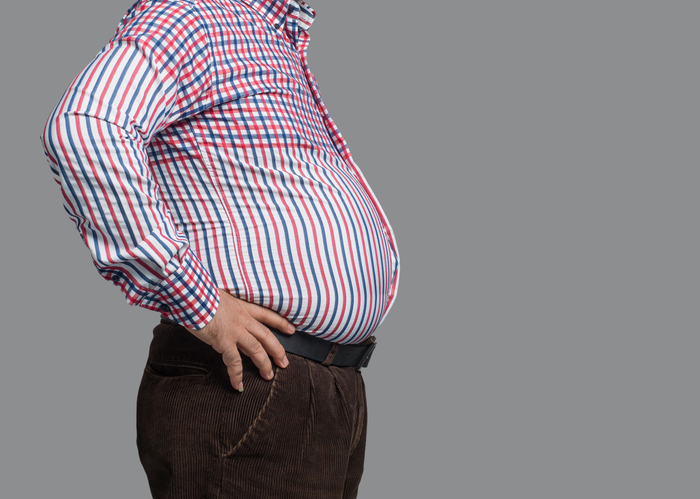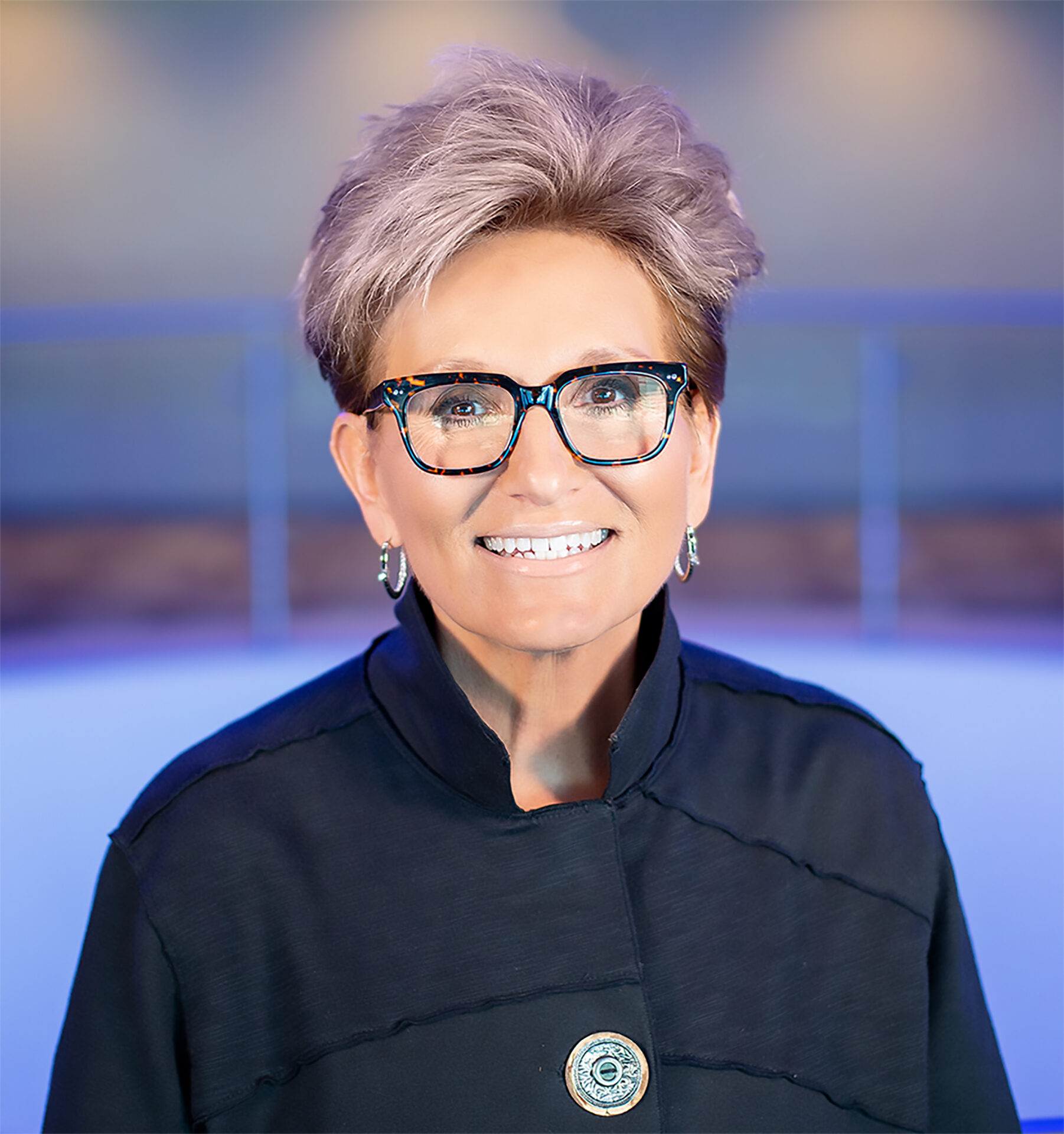Do you have an apple-shaped or pear-shaped body?
What’s the difference between subcutaneous and visceral fat – and why does it matter?
The answers are increasingly important as we age and start to grapple with those gradually expanding waistlines.
Multiple factors — including hormone changes, genetics, lifestyle habits, loss of muscle mass and metabolism decline — can all contribute to the so-called “middle-age spread.” Compelling reasons to keep that belly fat in check are just as numerous. Think cardiovascular disease, type 2 diabetes and certain types of cancer.
“The reason for the increased risk has to do with the type of fat that accumulates around the belly area,” says Chris Haberling, a certified personal trainer and recreation coordinator at Common Ground Community Center in Elkhorn.
Types of body fat include pinchable subcutaneous fat, which is found just below the skin and mostly in the hips and thighs, and the more concerning visceral fat, which surrounds internal organs deep inside your abdomen.
Warning signs for a buildup of visceral fat include an apple-shaped body (versus a pear-shaped body) and a waistline of 40 or more inches for men and 35 or more inches for women.
“Visceral fat is very metabolically active,” Haberling says. “It releases inflammatory agents that lead to higher LDL cholesterol, blood pressure and blood glucose. To reduce these risks, we need to prevent the accumulation of belly fat as much as we can.”
The key, he says, is living a healthy lifestyle. His straight-forward tips for vanquishing visceral fat:
• Eat more protein and limit carbohydrates. Protein not only helps build and repair muscles, it also controls hunger. Aim for 20 to 30 grams of protein per meal.
• Avoid trans fats.
• Get adequate rest. Sleep deprivation can contribute to weight gain.
• Reduce stress. Incorporate deep breathing, yoga, tai chi or mindful meditation into your daily routine.
• Exercise regularly. “Moderate- to high-intensity workouts seem to work the best,” Haberling says. “But start slow.” Walking, biking and elliptical training along with aerobic exercise classes are good places to start. Most fitness facilities, including Common Ground, have classes for all intensity levels. “Personal trainers may cost a little more,” he says, “but they’re an excellent way to stay on track and get customized programs built just for you.”
Haberling says each of his tips will help reduce your waistline, but ultimately, “combining all of them is going to be the most effective and quickest way” to shed inches and-or keep your weight in check.
“Doing these things each day will not only help reduce your waistline but make you a healthier person in every aspect of your life.”






